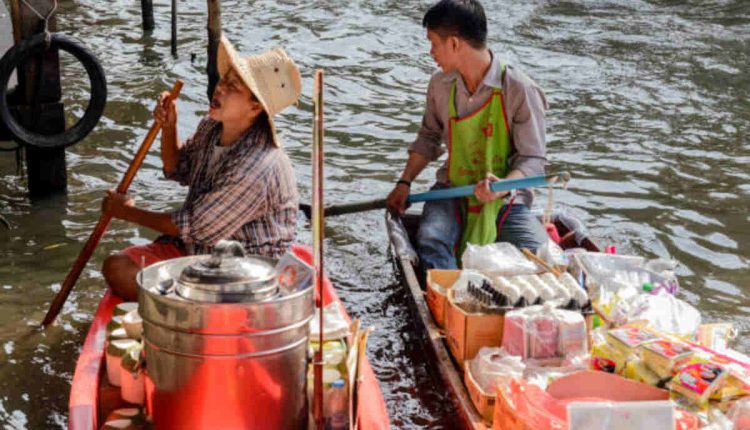River Delivers provides free contactless curbside grocery deliveries for people unable to leave home due to severe medical conditions. Participants select weekly groceries based on dietary needs and receive deliveries on three separate days.
This summer, Victoria is working closely with other states and the Murray-Darling Basin Authority to ensure water users are well informed of any delivery risk to ensure adequate communication from its service providers. The risk of system shortfall has become particularly apparent as more channel capacity is dedicated to irrigation and environmental water flows than previously. Victoria aims to protect its users by informing them about delivery risks prior to signing contracts for irrigation projects or ecological flows.
Water Birth
Women who choose water birthing often look forward to the comfort it offers during labor and delivery. A warm bath of water relaxes muscles while improving blood flow, relieving pain, and giving your baby access to enough oxygen. Plus, the buoyancy of water moves in and out of the tub much more simply during your labor process.
Studies have also demonstrated that women who labor in water have a reduced rate of needing an episiotomy (a surgical cut of tissue between the vagina and rectum known as perineum). This may be attributed to its soothing and relaxing properties, allowing their bodies to relax more during labor in water.
However, not every pregnancy qualifies for water birth. If yours is considered high-risk, your physician or midwife may opt to keep you out of the water in order to have more direct access to monitoring or other interventions during labor and birth.
However, water birthing should not be attempted if you’re expecting twins or higher-order multiples, as they require close monitoring and may need to be delivered via cesarean section. Furthermore, babies born in water may be more prone to Legionnaires’ disease, which is a potentially lethal infection caused by breathing in droplets of Legionella bacteria.
Labor
As soon as your labor begins, nurses and your doctor will closely monitor you. At times during this process, you may be asked to move around frequently in order to help the baby descend and settle in ready for delivery. A doula or support person can often be helpful during this period if included as part of your birth plan and brought along when attending hospital appointments for assistance as required.
Labor begins with an eight-hour latent phase in which contractions start but do not cause significant cervix changes or lead to vaginal delivery.
Once contractions become more robust and more regular, you enter the active phase of labor. At this stage, you may experience symptoms like abdominal cramps, vaginal discharge, and uterine pressure that cause discomfort or pain; during this phase, it’s essential to stay relaxed and breathe through each contraction as each one brings you closer to birth.
The third stage of labor lasts until your baby has been delivered and your placenta separates from your uterus, usually within minutes. This stage is typically short-lived and marked by a surge of blood in your vagina and lengthening of the umbilical cord upon palpation.
Delivery
Water birth involves immersing a mother during labor and delivery in warm water for maximum safety and effectiveness, often eliminating other pain relief. Furthermore, the buoyancy of water assists with delivery and allows the newborn baby to be quickly brought up to the surface where it can take its first breaths.
Rivers are 100 times more effective at carrying rock and sediment to the ocean than coastal erosion in transporting it, leading to brackish waters near their mouths. This process explains why most rivers become salty near their mouth.
Postpartum
Transitioning into motherhood can be daunting and emotional for new mothers. While taking care of your newborn is paramount, don’t neglect yourself either – pay attention to how your body feels and don’t ignore pain or bleeding that exceeds one pad per hour within six weeks post-delivery. If heavy vaginal bleeding persists – consult your healthcare provider immediately if this is happening to you!
Participant respondents reported numerous complications that arise following childbirth, including sor sai key (“the whole body is weak”) and various bodily aches or pains that require traditional medicine to address.
Kry women do not rely on hotbeds or mother roasting for postpartum recovery; instead, their husband constructs a makeshift hut near a river downstream from their village and regular bathing places. At the beginning of labor, their mother relocates to this hut until all postpartum bleeding has subsided, where she will receive care from both her husband and direct relatives until all postpartum bleeding has stopped. While in this hut, she drinks various hot decoctions made from roots and stems of Rubus cochinchinensis Tratt and Embelia ribes Burm. f. to reduce abdominal pain, expel lochia from her perineum while speeding physical recovery, and leave Blumea balsamifera (L.) DC to speed physical recovery from labor complications and speed up physical recovery after giving birth.


